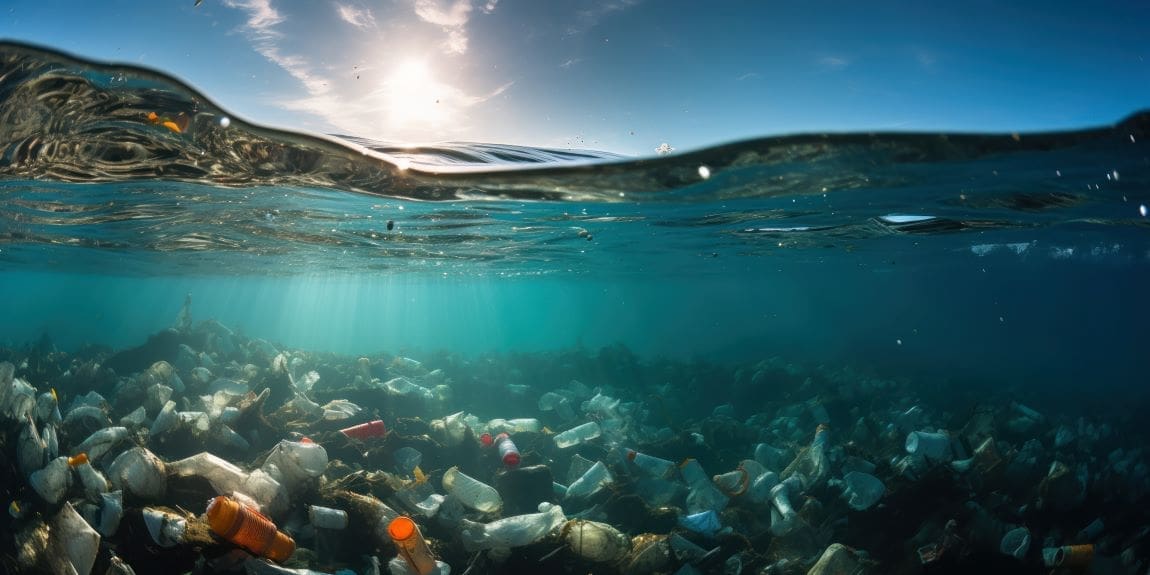Plastic waste in Japan’s rivers reveals not just the scale of pollution but also critical trends shaping cleanup efforts and community responses. A nationwide analysis by researchers from Tokyo University of Science, led by Assistant Professor Mamoru Tanaka, has quantified annual plastic waste removal and explored the underlying factors that influence recovery rates.
Using data from Japan’s Ministry of Land, Infrastructure, Transport and Tourism, the team analyzed plastic recovery across 109 river basins between 2016 and 2020.

This work, published in Marine Pollution Bulletin, is the first comprehensive study of its kind in Japan. Researchers found that annual plastic waste recovery from rivers averaged 938 tons, ranging from 763 to 1,177 tons each year.
“Given the emission estimates from previous studies, Japan’s annual plastic emissions are approximately 10,000–20,000 tons. The plastic recovery in river basins of approximately 1,000 tons/year estimated in this study represents approximately one-tenth to one-twentieth of this total,” Tanaka noted, emphasizing its substantial, albeit partial, role in reducing overall emissions.
The study identified the Yodo, Yoshino, Tone, Tama, Oto, and Abukuma river systems as the top contributors to Japan’s plastic recovery, collectively accounting for nearly half of the nation’s total collection volume. Population density and urbanization emerged as influential factors, with basins serving over 10 million people showing higher recovery rates. According to the researchers, these areas benefit from greater municipal and community involvement in cleanup efforts, which correlate with increased waste collection.
The research also highlighted the significant impact of natural disasters on plastic recovery rates. For instance, heavy rains in 2018 caused surges in plastic waste collection in the Ota and Kiso river systems, while Typhoon No. 19 in 2019 led to similar spikes in the Abukuma River system. These findings underscore the links between climate change-driven extreme weather events and plastic pollution.
The study provides valuable insights for authorities and volunteer organizations to optimize cleanup strategies.
“Our estimates cover where and to what extent plastic waste is generated, how much is collected, how much is deposited in soil and riverbeds, and the amount discharged into the ocean, thereby providing key data to support these estimates,” explained Tanaka.
By improving waste management practices, Japan can mitigate the harmful effects of plastic pollution on ecosystems and public health, fostering a more sustainable future.
Journal Reference:
Mamoru Tanaka, Yumena Okada, Jin Kashiwada, Hiroshi Kaneko, Hiroko Ito, Yasuo Nihei, ‘Country-wide assessment of plastic removal rates on riverbanks and water surfaces’, Marine Pollution Bulletin 209 (Part B), 117218 (2024). DOI: 10.1016/j.marpolbul.2024.117218
Article Source:
Press Release/Material by Tokyo University of Science
Featured image credit: rorozoa | Freepik




